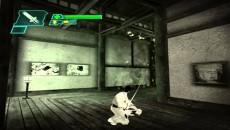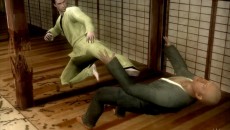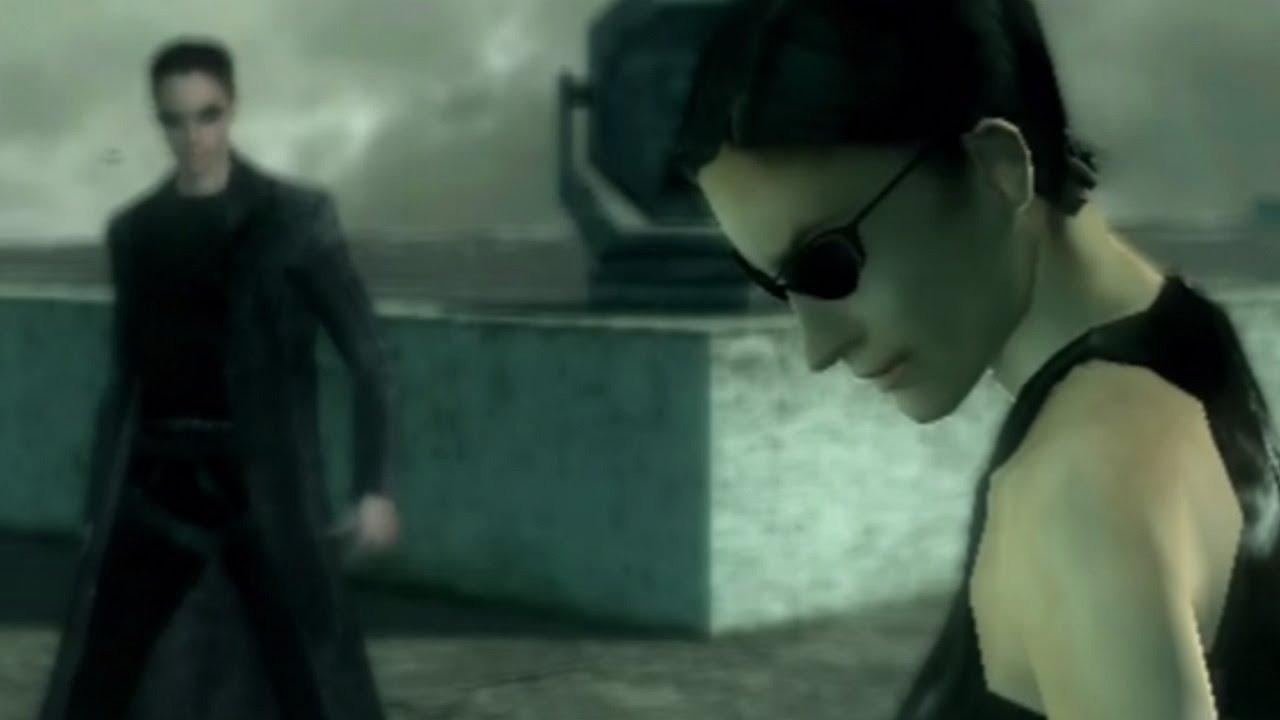At the end of The Matrix Revolutions, Neo sacrifices himself to save humanity, fulfilling the prophecy of the One and ending the human-machine war. It’s a fairy-tale ending where man and machine are at last living side-by-side.
However, I would argue that Neo was never the messiah of humanity; Neo was the savior of the machines.
I didn’t invent this argument. The idea that Neo saved the machines came from my college speech and debate coach, Skip, who discussed the film in his doctoral studies. I’m not joking when I say that good old Skip almost wrote his entire doctoral thesis on the film. When I took his Rhetoric class in college, he even spent a few class sessions letting us watch it, so that the other students and I would better understand the philosophy we were studying.
My introduction to The Matrix franchise began a few years after the first film’s release in 1999. My friend Grant and I were looking for a movie to watch and I’d heard it was good. We rented it and I was amazed at the complex philosophy the film had, along with the kick-ass fight scenes. Years later at college, I was writing a speech for my completion, but needed a philosophy to extrapolate the ideas from my topic. So Skip said to me, “Hey, you like The Matrix right? Why don’t you read this?”
I spent the whole summer of 2013 reading Simulacra and Simulation by Jean Baudrillard; it took me six whole reads to understand it. I also spent the whole school year reading various essays by Baudrillard, exploring his critique of economics, art and society. Honestly, my schoolwork suffered from my obsession.
By reading Simulacra and Simulation, I had unknowingly taken the “red pill”. Not only did Baudrillard help increase my ability to analyze society, appreciate art and develop a deeper appreciation - which I didn’t think was possible - of The Matrix Trilogy, he also made me question aspects of my personality, life and faith. I feel like I was being forcibly dragged out of the Matrix and every so often, I felt like going back. It was safe. It was my home.
By now, you’re probably wondering when I’m going to stop talking about a movie and start discussing a video game; so let me put you out of your misery and get to the point.
I played The Matrix: The Path of Neo around the same time that I watched The Matrix Revolutions. My parents had finally gotten over their “video games will pollute your mind” issues and had bought me an original Xbox for Christmas. At last, I had an excuse not to do my homework. Everyday after school I’d run upstairs and play The Path of Neo till my parents pulled the power cord out of the outlet. As a young teen, it was fun to play as Neo and relive my favorite scenes.
Except… you don’t actually get to relive your favorite scenes in The Path of Neo; at least, not how you remember them.
Andy and Lana (formerly Larry) Wachowski created The Matrix Trilogy and likewise directed its video game adaptation. The siblings compacted the three movies into one action-packed video game which followed the main storyline of the films, but added additional side missions and allowed the player to make choices that were different. When Neo is arrested by Agent Smith at the Metacortex b uilding, he allows himself to be taken captive. In the game players can choose to escape instead. Additional simulation missions aboard the Nebuchadnezzar, like one in feudal Japan, are provided during Neo’s training.
uilding, he allows himself to be taken captive. In the game players can choose to escape instead. Additional simulation missions aboard the Nebuchadnezzar, like one in feudal Japan, are provided during Neo’s training.
The Wachowskis also drew upon The Animatrix - a collection of animated prequel episodes to the films - to create side missions where Neo saves other “red pills” and frees them from the Matrix.
They even went so far as to change the ending of the video game from that of the film trilogy. Humorously, the siblings interrupt the game just before the boss fight, appearing as retro single-color sprites - their digital mental projections - explaining that they thought the ending in Revolutions would be “lame” for a video game. Instead of Neo sacrificing himself for humanity, gamers got to fight a giant Mega-Smith, who was composed of Smith clones, cars and debris.
 As far as gameplay is concerned, The Path of Neo was about pushing buttons fast enough and in the right combination to use the iconic kung fu moves from the films. There was little artistry to it, but it was fun; it wasn’t about creating a complex, legendary game that would be spoken of for decades afterwards, it was a tribute to the fans, allowing them to experience the events of The Matrix films from behind a controller. It also added layers to the Baudrillardian (try saying that after a few drinks) philosophy behind the franchise.
As far as gameplay is concerned, The Path of Neo was about pushing buttons fast enough and in the right combination to use the iconic kung fu moves from the films. There was little artistry to it, but it was fun; it wasn’t about creating a complex, legendary game that would be spoken of for decades afterwards, it was a tribute to the fans, allowing them to experience the events of The Matrix films from behind a controller. It also added layers to the Baudrillardian (try saying that after a few drinks) philosophy behind the franchise.
I want to make this very clear: The Matrix is not about raging against the machine, anarchism, or Plato’s Allegory of the Cave. It is inspired by the philosophical book Simulacra and Simulation by Jean Baudrillard. The Wachowskis even show the book in the movie. Baudrillard was a philosopher, sociologist and cultural theorist whose ideas revolved around metaphysics and how individuals perceive reality. Though Baudrillard isn’t easy to understand due to his complex sentiments (as Skip would say, “Does Baudrillard even understand Baudrillard?”), it boils down to one statement: reality being replaced by a hyper-reality (you might not be surprised to know that Baudrilland’s work was also heavily drawn on by a certain Hideo Kojima, when it came to creating Metal Gear Solid 2: Sons of Liberty).
 Specifically, the philosopher targets technology and the the virtual world as being apart of hyper-reality. Both the Matrix films and The Path of Neo are about expounding Baudrillard’s philosophy on the danger of virtual reality by suggesting that society and technology is brainwashing the individual into losing free will. Furthermore, it helps solidify that the virtual realities in social media, movies and video games have created a world that is replacing the real one. In the film and game, Morpheus explains this by saying, “Have you ever had a dream, Neo, that you were so sure was real? What if you were unable to wake from that dream? How would you know the difference between the dream world and the real world?”
Specifically, the philosopher targets technology and the the virtual world as being apart of hyper-reality. Both the Matrix films and The Path of Neo are about expounding Baudrillard’s philosophy on the danger of virtual reality by suggesting that society and technology is brainwashing the individual into losing free will. Furthermore, it helps solidify that the virtual realities in social media, movies and video games have created a world that is replacing the real one. In the film and game, Morpheus explains this by saying, “Have you ever had a dream, Neo, that you were so sure was real? What if you were unable to wake from that dream? How would you know the difference between the dream world and the real world?”
This is why I believe Neo didn’t save humanity at the end of The Matrix Revolutions. Most of humanity was still connected to the Matrix and the rebels in Zion believed that they’d achieved peace. The machines continued to farm humans and created a simulation of unity with Zion when all the while, they’d really won. There was no more need for The One because any human who rejected the Matrix would be disconnected and given to Zion.
The Matrix Revolutions ends with humanity choosing a virtual world over reality. It’s perhaps fitting, therefore, that The Path of Neo does much the same thing - choosing to reject the “true” understanding of what we know from the films, and instead allowing us to view its events the way we want to imagine it.

